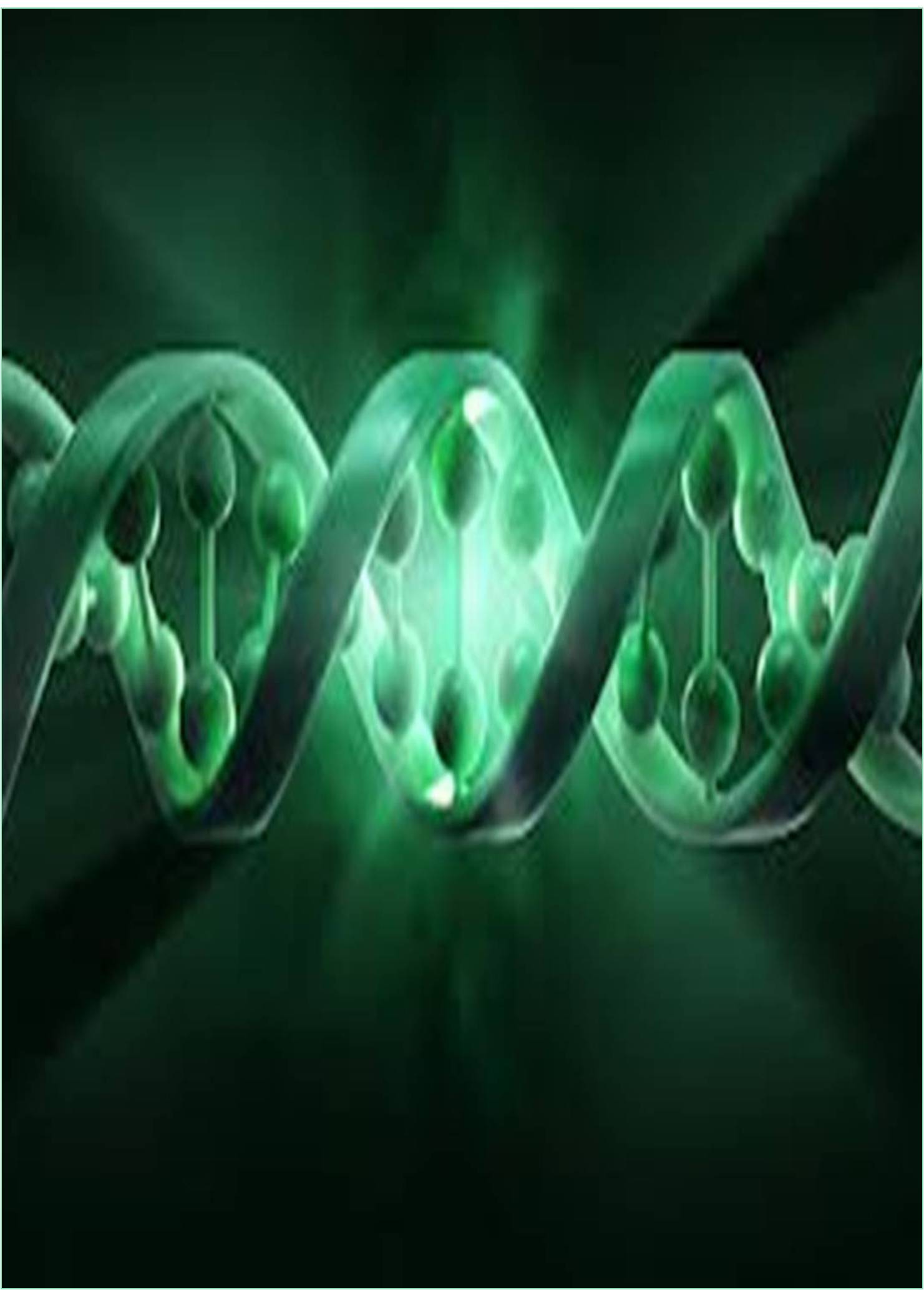



Received: 01-Aug-2022, Manuscript No. GJMEG-22-73203; Editor assigned: 03-Aug-2022, Pre QC No. GJMEG-22-73203(PQ); Reviewed: 17-Aug-2022, QC No. GJMEG-22-73203; Revised: 24-Aug-2022, Manuscript No. GJMEG-22-73203(R); Published: 31-Aug-2022, DOI: 10.15651/GJMEG.22.08.009
Cancer is characterised by genome instability, and somatic genome rearrangements are common in human malignancies. Genomic rearrangements, sometimes referred to as structural variants (SVs), can take both basic and complicated forms. Simple forms include deletions, duplications, inversions, and translocations. Chromothripsis, a distinctive class of very complicated genomic rearrangements (CGRs) that describes a single catastrophic event leading to many somatic genome rearrangements, has been identified in a variety of tumour forms. In addition, additional CGR types, including chromoanasythesis, chromoanagenesis, and chromoplexy, have been identified.
It is clinically important to know the molecular processes that cause somatic genome rearrangements in cancer in order to screen for and treat the disease (Negrini et al., 2010). One can statistically dissect the mutational signatures corresponding to unique mutational processes by looking at the distinctive footprints (genetic changes) that various mutational processes leave in the DNA when they operate in various tissues. For somatic changes like Single Nucleotide Variants (SNVs), Copy Number Variations (CNVs), and Somatic Variants (SVs), mutational signatures have already been deconvoluted. Although CGRs are frequently seen in cancer (Hanahan et al., 2011), nothing is known about how they are formed. According to our hypothesis, different molecular processes can result in the development of CGRs, and these processes can be deduced from the patterns of CGRs.
Recent investigations have effectively reconstructed chromothripsis in vitro and identified at least two unique pathways for the formation of CGRs. The first process involves the development of micronuclei as a result of mistakes in chromosomal segregation. Chromosomes entrapped in micronuclei break apart into numerous fragments and then randomly reassemble in this manner. The DNA segments have two or three copy-number states, and the rearrangement breakpoints are uniformly spaced across the chromosomes. The second method involves the Chromatin Bridge, which is created by dicentric chromosomes. Mechanical pressure causes the bridge to collapse, causing chromothripsis and highly localised breakpoints (Yang et al., 2013). Additionally, chromothripsis brought on by a chromatin bridge exhibits two or three copy-number states. The dicentric chromosome may go through Breakage-Fusion-Bridge (BFB) cycles, during which DNA pieces might be duplicated and lost, before being resolved as chromothripsis.
Different genomic modifications, including arm-level copy gains, straightforward rearrangements, BFB cycles, chromothripsis, and ecDNA with different configurations, might be seen when particular cell lines were exposed to medicines. The results of the experiment showed how complex genomic changes. The experimental finding that one gene can be amplified through various methods is very similar with what we see here in human cancers. EGFR in glioblastoma can either be amplified as a single fragment in DM or co-amplified with numerous additional fragments, according to a study we conducted previously (Campbell et al., 2020). Some fragments in the CGR areas of several Signature CGRs are amplified, while others are not amplified or are amplified only little. The distinctive properties of ecDNA include the enrichment of their breakpoints in regions of transcription and DNA replication head-on collision (Conrad et al., 2010). This shows that even though ecDNA can develop through chromothripsis events caused by micronuclei and chromatin bridges in vitro.
It's interesting to note that, in contrast to ecDNA, the breakpoints of hourglass chromothripsis, but not micronuclei-induced chromothripsis, are deficient in transcription-replication head-on collision zones. The reverse of ecDNA, such depletion depends on gene expression, as depletion is only seen in the bottom 50% of the genes sorted by expression level and not in the top 50% (Carvalho et al., 2011). These findings suggest that transcription-coupled repair may be involved in the development of hourglass chromothripsis. These obvious distinctions between micronuclei-induced and hourglass chromothripsis imply that the two have different mechanisms of production. It will take more research utilising experimental methods to understand the precise chemical pathways.